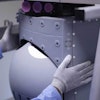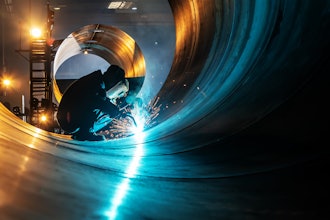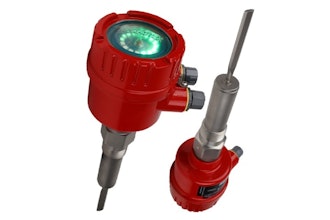In the end of days, there will be beer.
Back in 1956, three executives from the Can Manufacturers Institute and the Glass Container Manufacturers Institute wrote a report titled “The Effect of Nuclear Explosions on Commercially Packaged Beverages.” Their motivation was simple: In the event of a nuclear explosion, what, if anything could be consumed after the fallout?
According to the abstract for “Operation Teapot,” commercially packaged beverages (soda and beer) in both glass bottles and metal cans were exposed to a detonation in various layouts — different shelving, storage, and distances away from Ground Zero. Many of the bottles and cans survived the blast, even those as close as 1,270 feet away. Most of the casualties were either crushed by surrounding buildings, hit by shrapnel, or merely fell off of the shelf.
The contents of the surviving swill, even those in closer proximity to the blast, could still be safely consumed as an emergency supply of potable water. The only negative data to come out of the study — other than the whole hypothetical nuclear holocaust business — was that the beer suffered greater flavor changes than the soft drinks.
What about the radiation? Wouldn’t said beverages become radioactive waste? The study found that while some of the “containers showed some induced radioactivity, none of this activity was transferred to the contents.” While I’ve never seen a person fight through radioactive waste to score a beer, I’ve seen other daring feats that would rival such in acts of brand loyalty and stupidity.
While the study at the Nevada Proving Grounds took place nearly five years before President John F. Kennedy’s inaugural address, it epitomized asking not what your country can do for you, but what you can do for your country. This study, if released, could’ve taken some of the edge off of the Cold War fear.
Though a bit dismayed that they didn’t include other spirits in the experiment, I was impressed by the results. The results also made me wonder whether or not contemporary containers could stand both 20 and 30 kiloton blasts. As a child, my Uncle Tom collected his father’s beer cans and amassed an extensive collection that had been displayed in my grandfather’s basement for years. Always the curious kid, I’d examine the old labels, the seemingly impossible to open can tabs (if they even had one), and the structure of the can. Compared to the thin aluminum used today, they had a much more robust structure. Back in my grandfather’s day, if a man crushed a can on his forehead, he meant business. Today, kid’s do it. Not the bright ones, but some can still pull it off.
The study made me wonder, could cans of today stand up to such a blast as did their predecessors? Of course, this is likely to devolve into a whole “they just don’t make anything like they used to” type of conversation, but given the number of beer drinkers in America, I can see some cause for concern.
What’s your take? Email [email protected].
To read the study in its entirety (and view the grainy, post-blast photos), visit https://bit.ly/Saoh4t. (Credit: Nuclear Secrecy Blog)






















